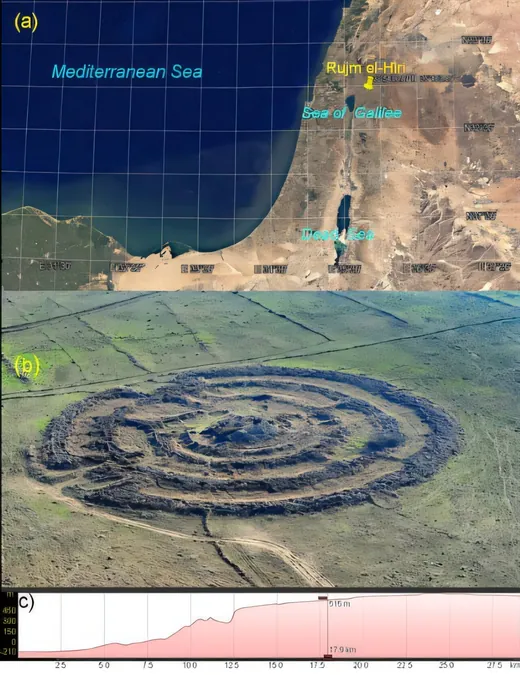
Shocking Study Disproves Rujm el-Hiri's Astronomical Purpose!
2024-12-30
Author: Jacob
Groundbreaking Study Challenges Long-held Beliefs
A groundbreaking study by researchers from Tel Aviv University and Ben-Gurion University of the Negev has thrown a curveball at the long-standing belief that the Rujm el-Hiri site, known as the 'Wheel of Ghosts,' served as an ancient astronomical observatory. Located in the scenic Golan Heights, this enigmatic stone structure has captivated historians and archaeologists for decades.
Advanced Geomagnetic Analysis Unveils Surprising Findings
Utilizing advanced geomagnetic analysis and tectonic reconstruction, the team has unveiled that dramatic geodynamic movements over the past 150 million years—averaging 8 to 15 millimeters per year—have significantly altered the ground and reoriented the structure. This startling revelation indicates that the alignment of Rujm el-Hiri's walls and entrances no longer corresponds to celestial alignments, fundamentally challenging previous theories about its purpose.
Research Team and Methodology
The study, spearheaded by Dr. Olga Khabarova and Prof. Lev Eppelbaum from the Porter School of the Environment and Earth Sciences, along with Dr. Michal Birkenfeld from the Department of Archaeology, has been published in the prestigious journal, Remote Sensing. The team employed cutting-edge geophysical techniques to analyze the site, demonstrating that the current orientation differs remarkably from its historical position, thereby raising new questions about its original function.
New Archaeological Discoveries Surrounding Rujm el-Hiri
In their comprehensive approach, the researchers mapped a 30-kilometer radius around the Sea of Galilee, visually assessing the archaeological landscape to identify features that indicate previous human activity. They delved into calculations relating to the sky and the alignments of solstices and equinoxes from 2500 to 3500 BCE, revealing that the entrances and radial walls of Rujm el-Hiri during that era were entirely different from what we see today.
Implications of the Findings
But that's not all! The study also reveals a trove of archaeological treasures surrounding Rujm el-Hiri. Using advanced satellite technology, the researchers mapped unique landscape features such as circular structures measuring 40 to 90 meters in diameter, which may have been utilized for agricultural or herding purposes. Additionally, they documented dozens of burial mounds, some of which likely served multifunctional roles beyond just burial sites, including storage and even shelters.
Conclusive Insights and Future Research
The team expressed excitement over the implications of their findings, stating, 'This new study not only opens a window to understanding Rujm el-Hiri but also enriches our knowledge of ancient life in the Golan Heights and the intricate connections between various archaeological findings in the area.' As researchers continue to unravel the mysteries of this ancient site, one thing is clear: the story of Rujm el-Hiri is far more complex than previously imagined, and it could reshape our understanding of early human civilization in this intriguing region! Stay tuned for updates as this fascinating narrative unfolds!



 Brasil (PT)
Brasil (PT)
 Canada (EN)
Canada (EN)
 Chile (ES)
Chile (ES)
 Česko (CS)
Česko (CS)
 대한민국 (KO)
대한민국 (KO)
 España (ES)
España (ES)
 France (FR)
France (FR)
 Hong Kong (EN)
Hong Kong (EN)
 Italia (IT)
Italia (IT)
 日本 (JA)
日本 (JA)
 Magyarország (HU)
Magyarország (HU)
 Norge (NO)
Norge (NO)
 Polska (PL)
Polska (PL)
 Schweiz (DE)
Schweiz (DE)
 Singapore (EN)
Singapore (EN)
 Sverige (SV)
Sverige (SV)
 Suomi (FI)
Suomi (FI)
 Türkiye (TR)
Türkiye (TR)
 الإمارات العربية المتحدة (AR)
الإمارات العربية المتحدة (AR)